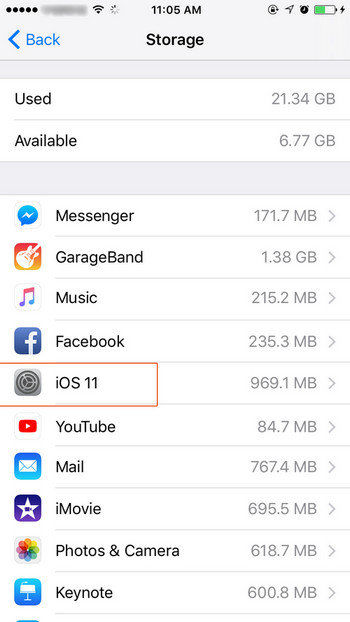

While it will be some time before CUPS 3.0 enters a stable Debian distribution, an interested user may want to become aware of changes planned by the CUPS and cups-filters developers. This auto-setup mechanism is a primary focus of CUPS and, in terms of imminet changes, a future-proof technique.ĭriverless printing for CUPS and cups-filters is here to stay. CUPS itself also discovers network and USB connected printers and is capable of producing an on-demand queue. Should auto-set fail and debugging cups-browsed is an unattractive proposition or there is a more complex situation to resolve, a manual queue setup with lpadmin, the CUPS web interface or system-config-printer is one possible way forward.Ī cups-browsed installation is not by any means essential for successful print queue setup. The outcome is almost always a happy one for most users.

These are permanent queues and the auto-setup procedure is intended to sidestep a manual setup in order to make a printer immediately available when it is connected to the network or to USB. Starting with Debian 11 (bullseye) the printing system is geared up to auto-setup both network and USB local print queues with cups-browsed. In that case, the printer would almost certainly offer the IPP-over-USB protocol if it has been manufactured after mid-2012. It would be unusual for a network printer not to provide a USB connection too. OpenPrinting has a list of driverless printers. Just look for AirPrint on the box or in the literature.

Therefore, AirPrint-capability is generally a sufficient criterion regarding whether a printer can be operated driverlessly on Debian. However, it is observed that almost all PCLm, PWG raster or PDF printers also support Apple raster. A user can be assured of having such a device when it is network-capable and it isĪ Mopria-certified device calls for PWG raster, PCLm or PDF to be available as a PDL.


 0 kommentar(er)
0 kommentar(er)
